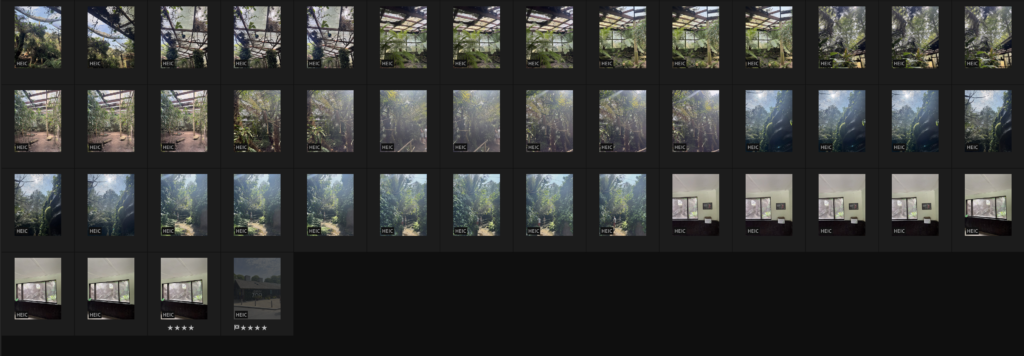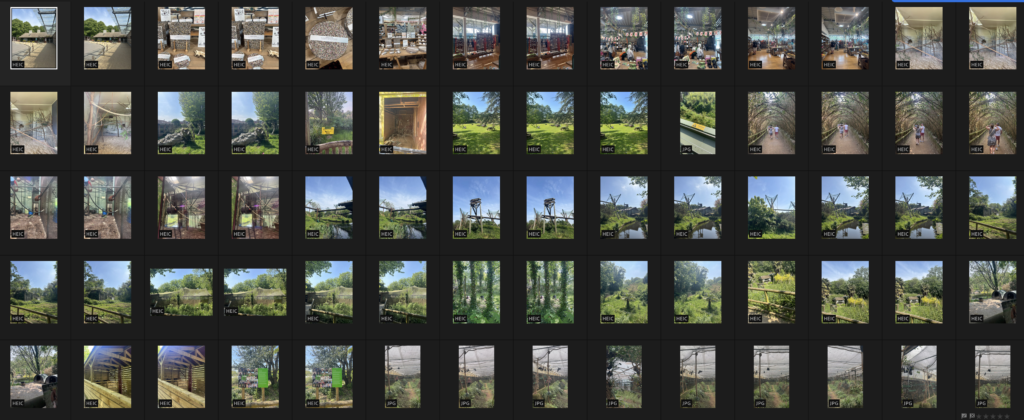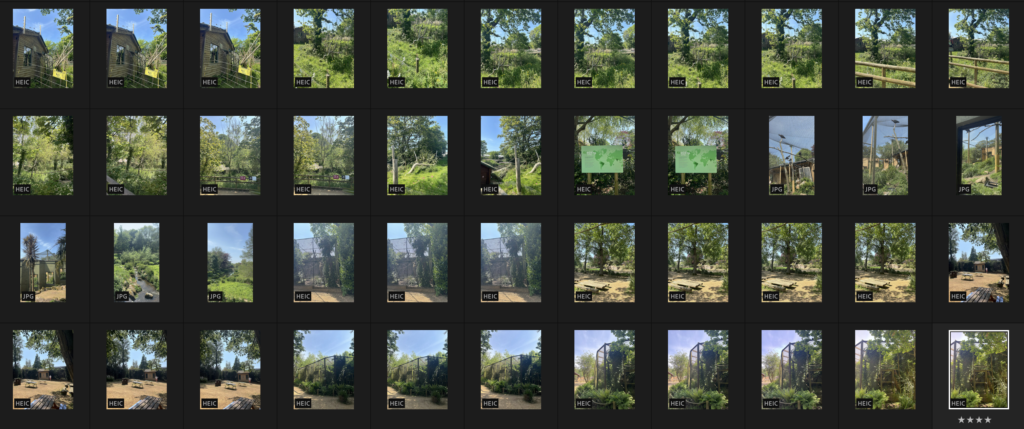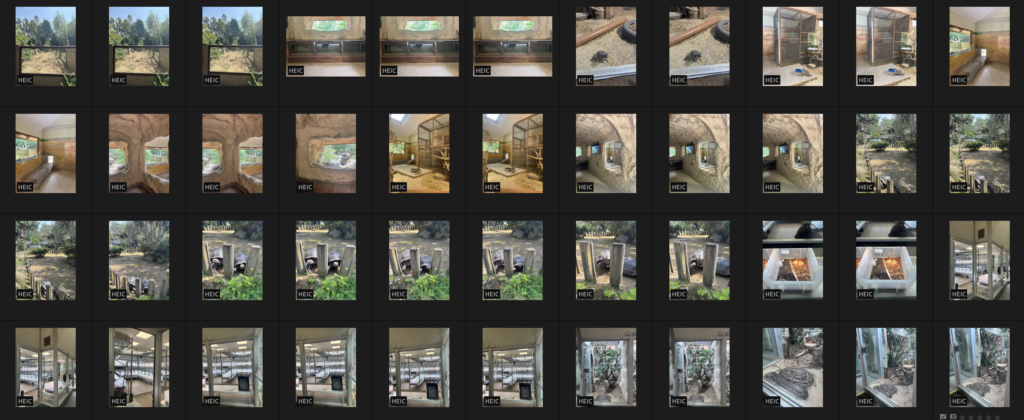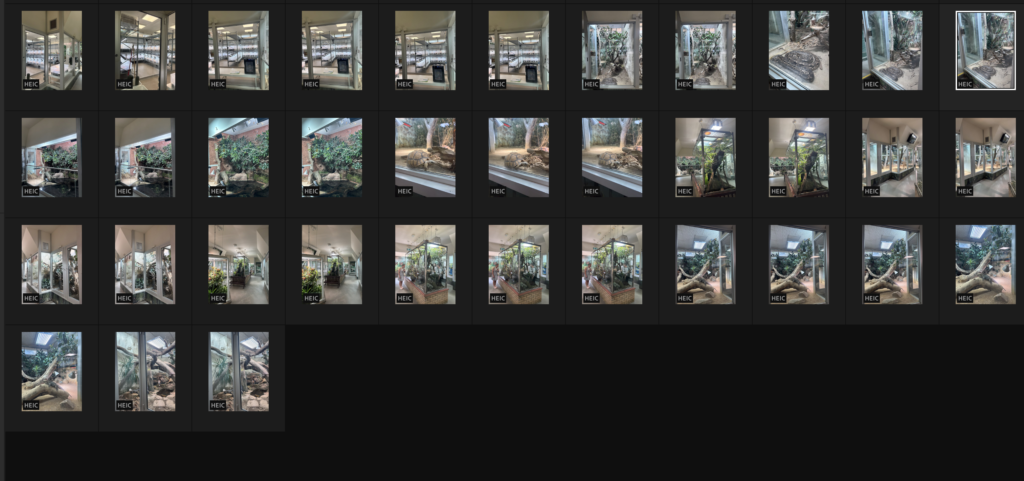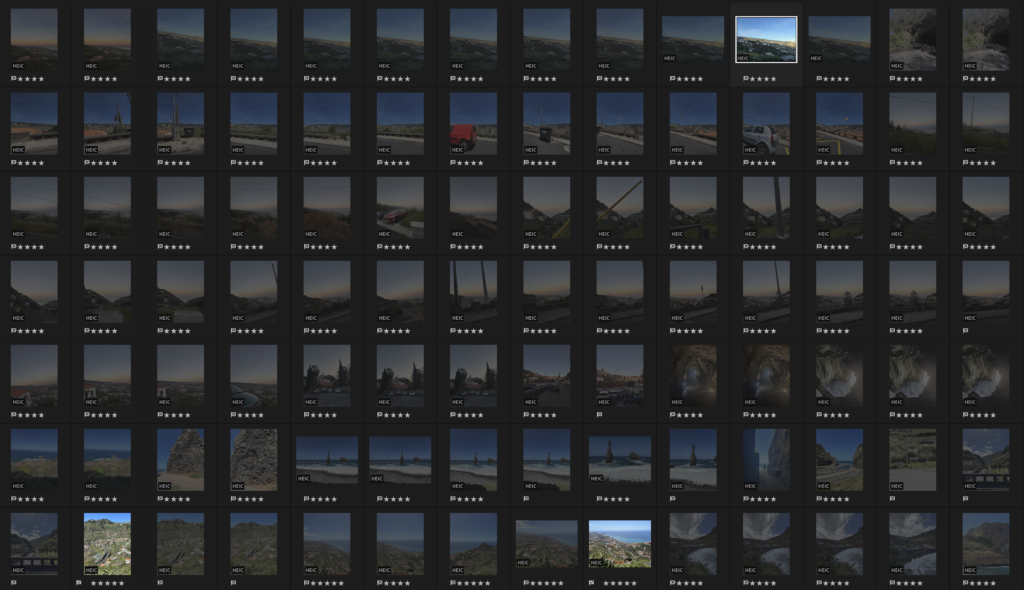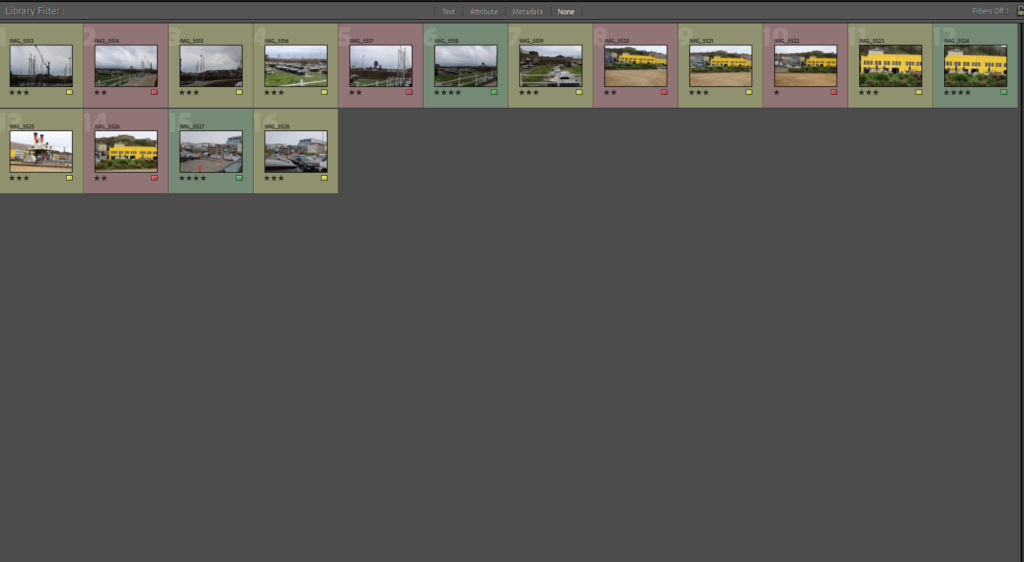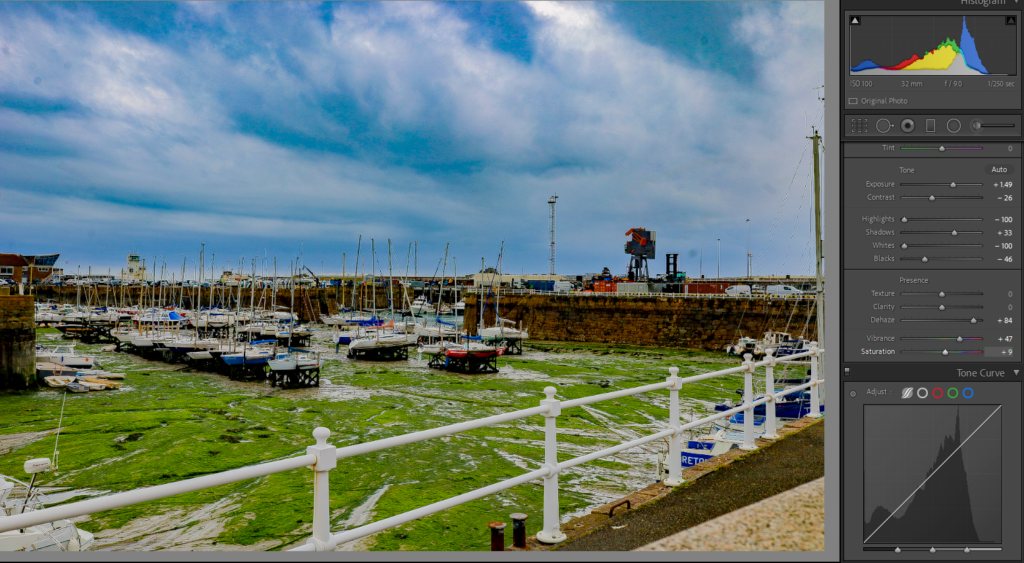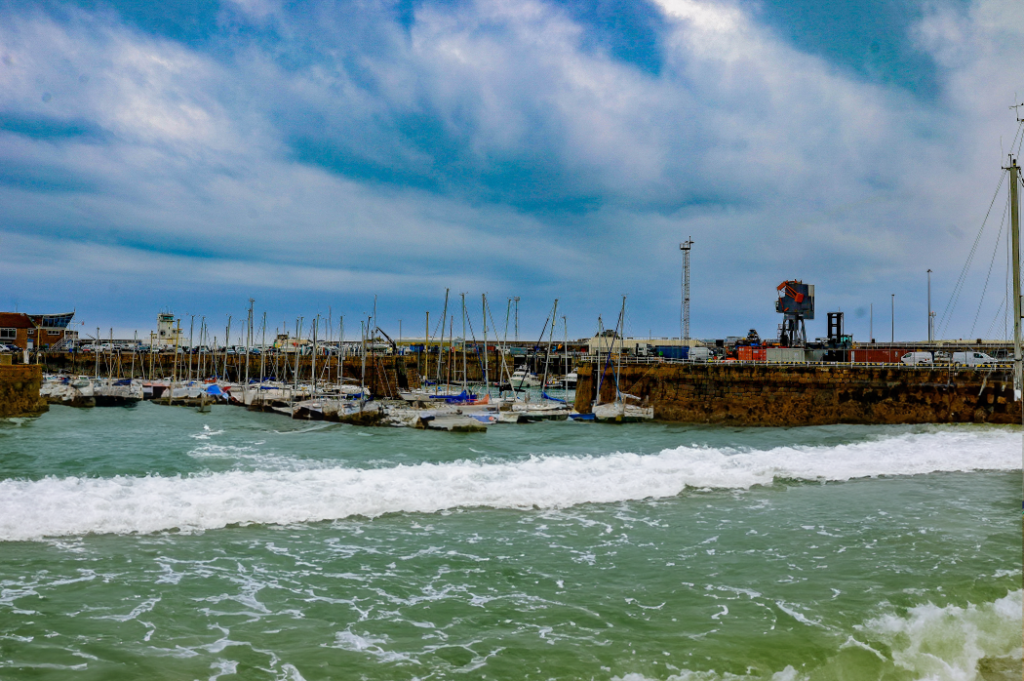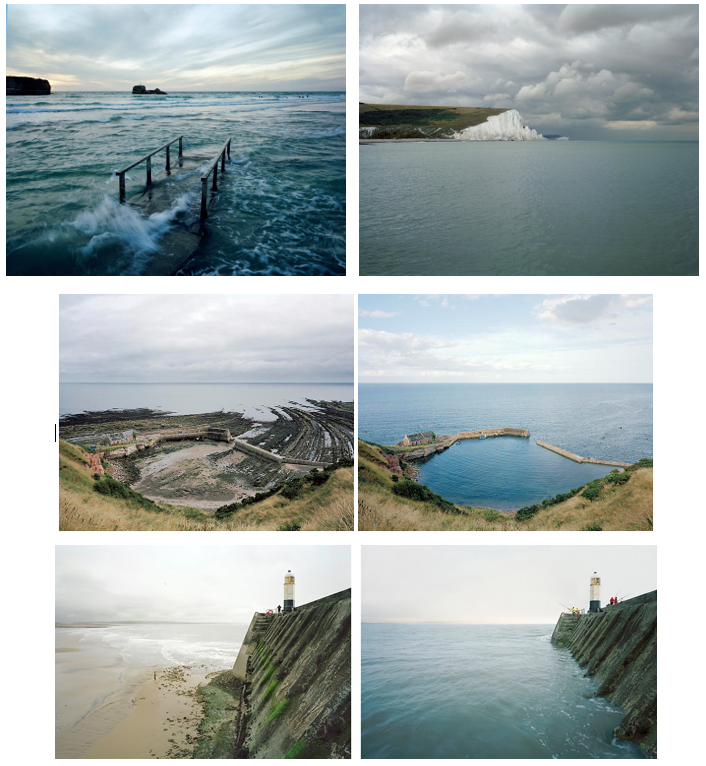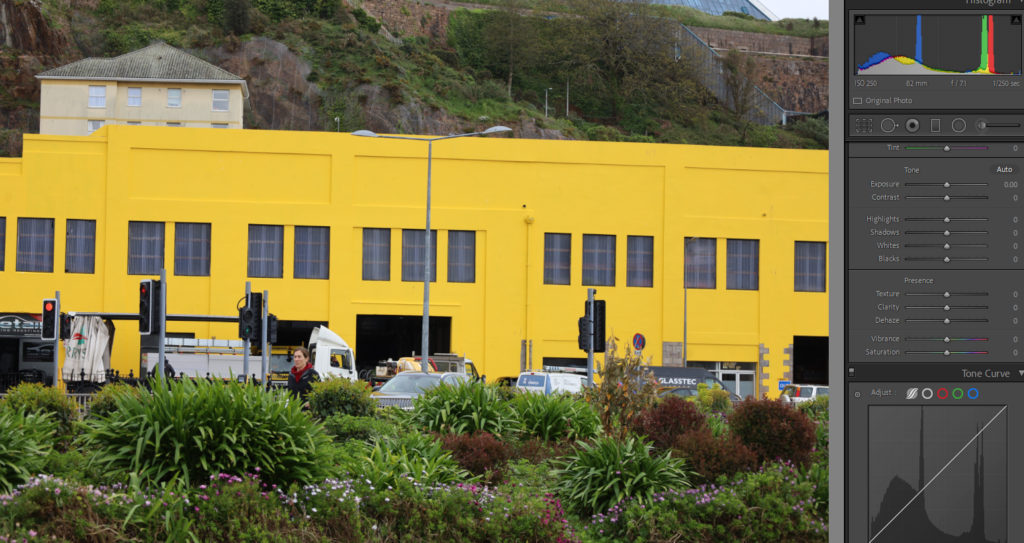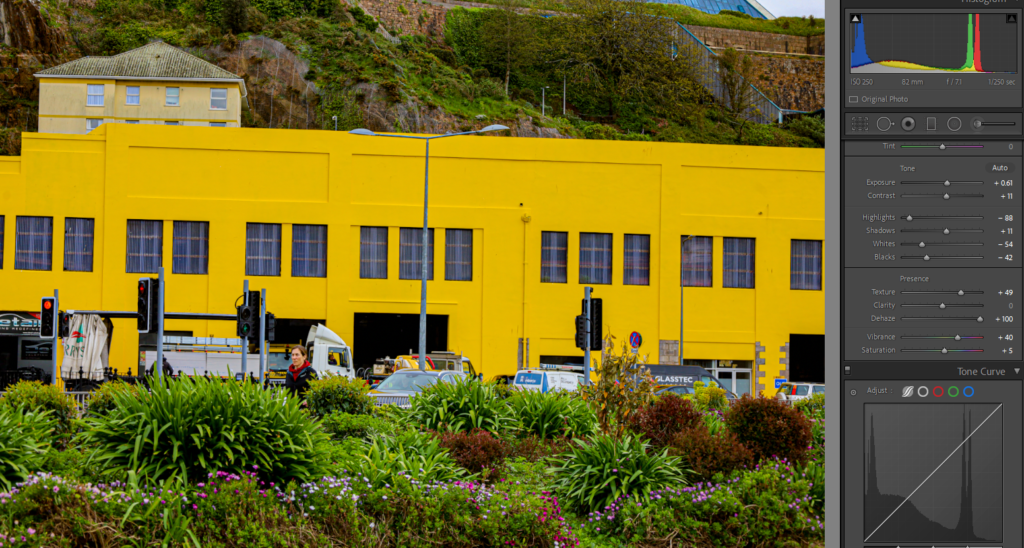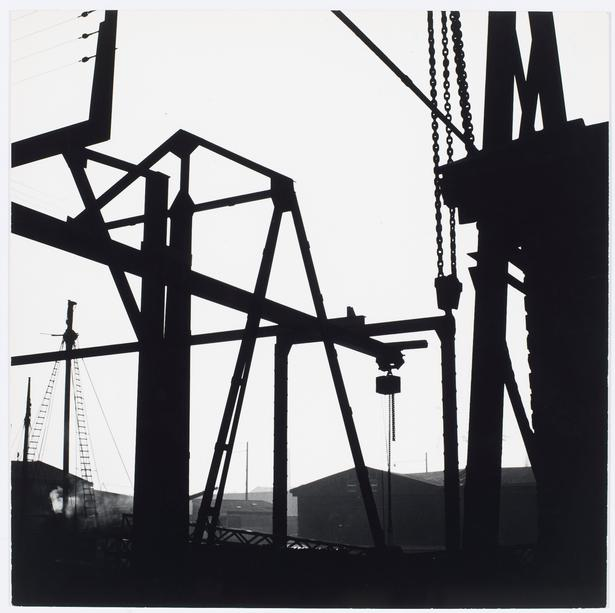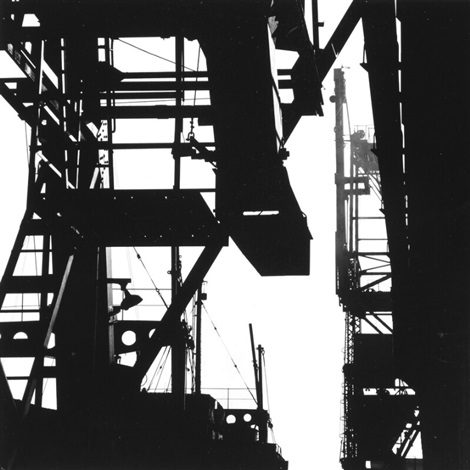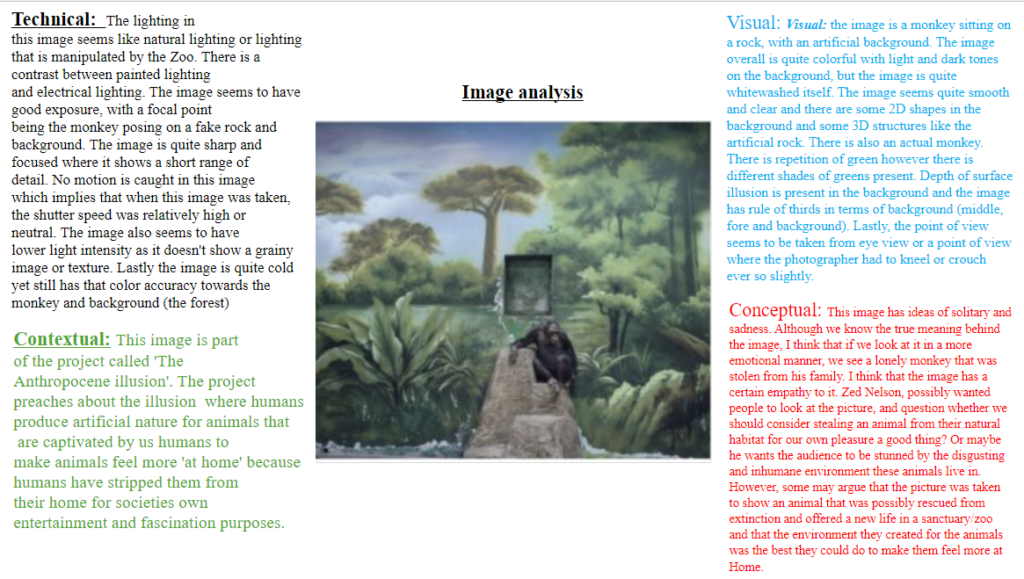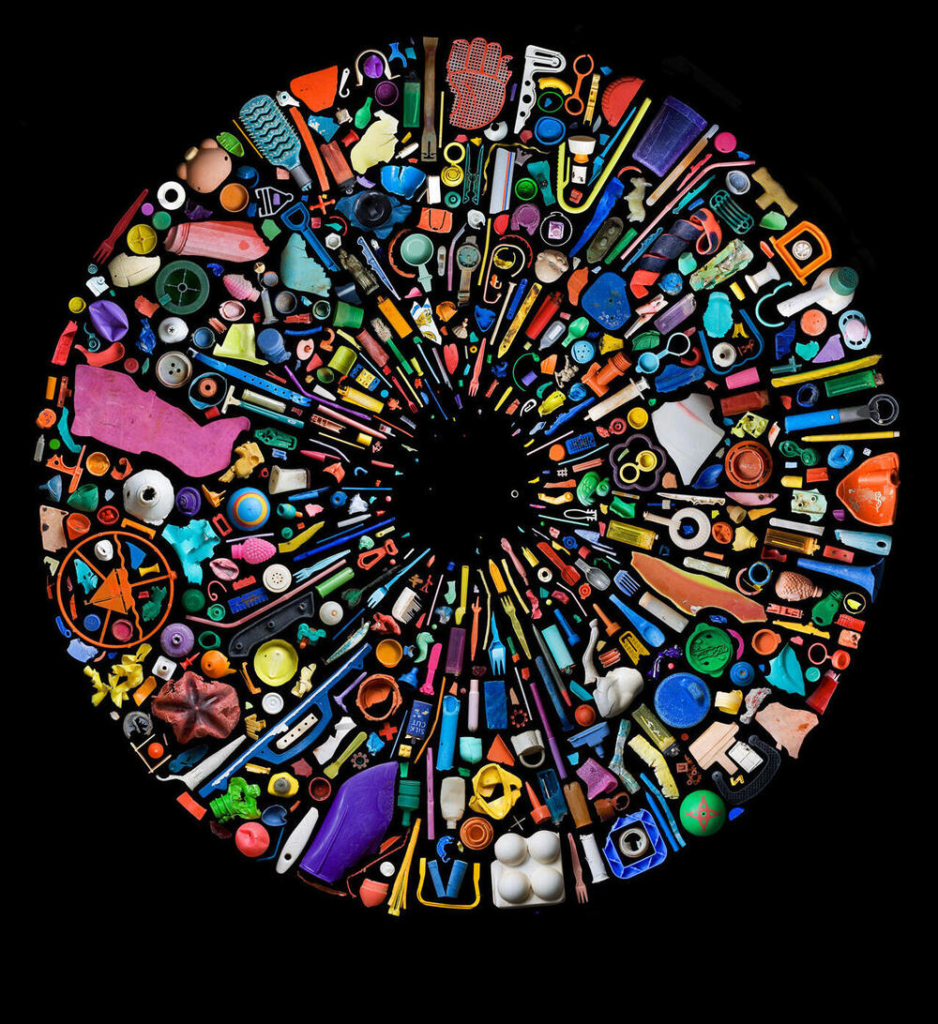Edward Burtynsky was born on February 22, 1955 in Canada. He is a Canadian photographer and artist known for his large photographs of Anthropocene photos that cover the issues of climate change and overpopulation.

In this photograph, Burtynsky took it from almost a birds eye view to show the demolition of the natural world due to the overpopulation of humans. The intertwining of the roads in this photo give almost a hypnotizing feel to them, and showing the lack of space and different levels that the roads sit on and how they sit above and below each other show the extremality of the issues that we face as a human population and our natural world.
The complexity of this photo really interests me because of the hypnotising way that the roads have been laid. This could almost have an underlying feeling of control and order. First glance this looks good however the idea of the natural living and the natural landscapes being non existent is such an unhealthy view and issue that the world is facing to this day.

In this photo, he shows the brutal truth of how these issues are affecting the natural world and everyone living in it. His work is very impactful and I want to make my work as impactful as his and spread awareness on my chosen topics. His use of raw unfiltered photos, and not trying to cover up the reality is very moving and blunt, which shows the unfiltered reality and theme of his photos very clearly.
Edward uses the colour red in the lake / river as the main focus of his photo and I feel like the inclusion of the colour red really contributes to the negative connotations surrounding his photos. The colour red has very unpleasant connotations surrounding it due to its link to religious and general beliefs such as the ‘devil’ being red, and even red being the colour of blood. This symbolism could show how awful the impact from us as a human race is having on the natural world.



